Properly frozen vegetables are retained longer in the freezer and have a wonderful taste and their useful substances are used optimally.
Most vegetables are frozen after being blanched. Frozen green herbs are added to dishes when they are ready, one minute before being removed from the heat.
To freeze cauliflower and broccoli, pre-wash and split the heads, then blanch for a minute or two in salt water, dry and freeze.
When freezing zucchini, cut it into slices, dry and freeze it. It is better to freeze portions of vegetables to use them exclusively for the preparation of a particular dish.
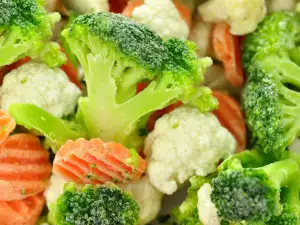
To freeze green beans, pre-boil until tender, drain and freeze them. The first two hours of freezing, take out the bag multiple times to loosen the vegetables and not let them stick together.
Peppers are frozen washed and cleaned of seeds, then cut into small pieces to be added to other dishes. You can freeze peppers for stuffing too.
For this purpose, remove the seeds, wash them and put them in one another, to occupy less space. To freeze eggplant, wash it, cut it into slices and sprinkle it with salt.
After half an hour, drain, rinse and pat it dry, place in freezer containers and freeze. Onions, garlic and pumpkin are frozen raw, but after cutting them to dry well.
Carrots should not be dried after slicing. It is better to prepare mixtures of vegetables to use for soups, or as an additive in food.
Potatoes are frozen by cleaning the skin, cutting into slices and leaving in boiling water for a few minutes, the they are drained, dried and distributed in packages.
Frozen vegetables are cooked much faster than raw. When freezing mushrooms, boil them until soft, before putting them in the freezer.
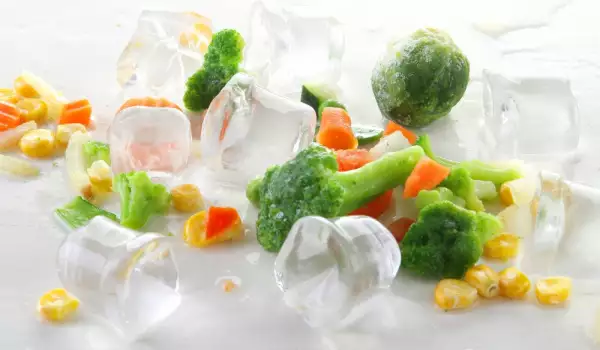

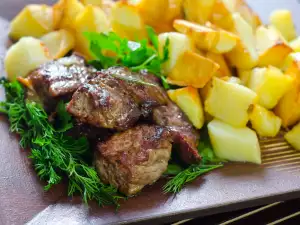
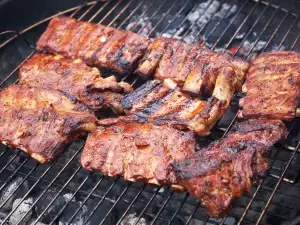

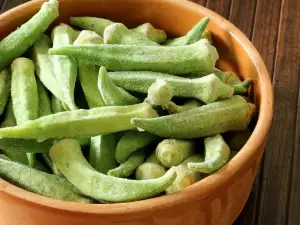


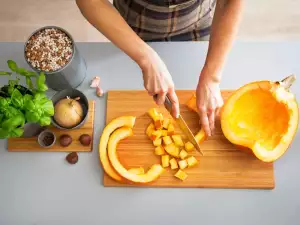
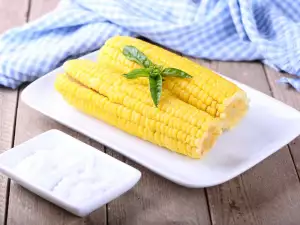
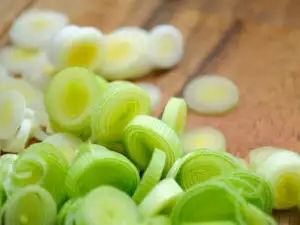
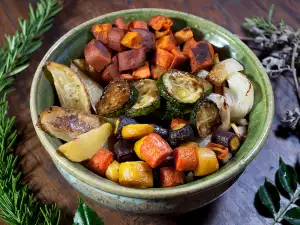
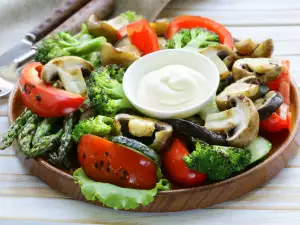
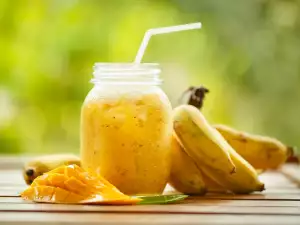
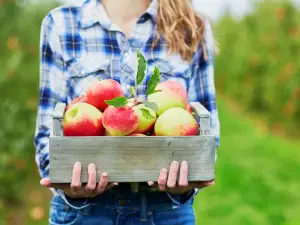
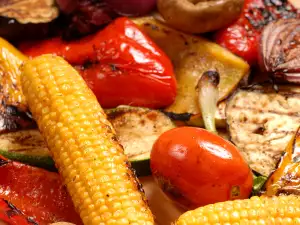




Comments